What is a circular economy?
A circular economy is an alternative economic model designed to tackle the problems caused by the traditional linear economy model of "take, make, waste." A circular economy prioritizes resource efficiency, longevity, and regeneration. At its core, a circular economy aims to keep resources in use for as long as possible, extracting maximum value from them through reuse, refurbishment, remanufacturing, and recycling. This means designing products with their entire lifecycle in mind that are durable, repairable, and recyclable. This way, when something is no longer working or needed, it doesn’t just get thrown away. Instead, it can be fixed, reused, or broken down into parts that can be used to make something new, creating a continuous circular cycle, rather than a straight line that ends in waste.
By adopting a circular economy approach, this offers a powerful solution to our resource problem as it significantly reduces the need to extract raw materials from the Earth. By keeping materials in circulation, we use what we already have more efficiently and reduce the environmental harm caused by mining, drilling, deforestation, and other extractive activities. It also encourages smarter product design by using fewer materials, choosing non-toxic or renewable ingredients, and building things to last. By focusing on reuse, repair, and recycling, a circular economy lightens the pressure on ecosystems and helps cut down carbon emissions, making it a more planet-friendly way of living and doing business.
Another major benefit of a circular economy is keeping valuable resources out of landfills. In this system, waste isn’t seen as garbage, it’s viewed as a resource that can be recovered and put to good use. Items that reach the end of their life can be dismantled, and their parts can be reused to make new products. This drastically reduces the volume of trash ending up in landfills or being burned, helping protect our soil, water, air, and wildlife. A circular economy not only conserves Earth’s resources but also supports innovation, creates new jobs, and paves the way for a more sustainable, resilient future.
